The Bushu festival originates from the Indian states of Assam and Nagaland, North East India. Tourism in Nagaland is well famed because of its harvest festivals. It is another harvest festival of Nagaland. It is practiced by the Dimasa- Kachari people from Nagaland. The offering of an entire harvest to the Dimasa God Brai Sibrai Madai is made to attain peace. It is occasionally celebrated after the completion of harvest. The festival is celebrated in the last week of January with gusto. It marks the beginning of post harvest season. People worship Sibrai once every year before sowing the paddy for the next harvest. Various offerings are made to deity Sibrai as a token of thanks. Many other ceremonies and rituals are carried out by the people. An intricately crafted gate called, Phangsla is propelled at the village entrance. People offer meat, grains and beer to the deity Sibrai. Religious rituals are then preceded by enormous feast which is then further followed by playing drums, music and dancing. Gajaibao, the selected in-charge leads the festival. People work together in harmony to prepare a large feast for the entire village. People enjoy delicious food at the feast. They also drink, dance and sing. The festival is considered among popular festivals of Nagaland.
History of the Festival
It is a communal thanksgiving festival of the Kachari culture after the Jhum (harvest and culivation) is completed in the later weeks of January. The Kachari people pay their sincere thanks in the form of worship and offering part of the year’s cultivation to the harvest deity Sibrai. Sibrai blesses the people and their land with a thriving harvest. It is also a time when people take a break from their heavy work in the farms and rejoice over the success of their harvest. They Relax and allow themselves a merry time.
Duration of the Festival
The festival is divided into three categories and hence the duration of the festival varies accordingly. Busu Jidap is observed for three days. Surem Baino is observed for a number of five days. And lastly, Hangseu Manaoba is observed is for seven days or nights.
Highlights/ Important Rituals of the Festival
- Busu Jidap hails from the first category of celebration that lives up to three days. The first two days are called mi-staiba and Busuma respectively. On the first day animals are slaughtered under the guidance of Gaonbura and the procured meat is used for the feast. At dusk, competitions of singing and dancing called baiba takes place. On the second day children and youngsters pay respect to their elders and parents. On the last day, boys and girls prance around the village visiting each house with music and dance for company. Every household contributes a resourceful token or raw materials that can be used in the preparation of another feast.
- Surem Baino is celebrated for five days. The Gajaibao resides over the festival. A Gajaiboa is chosen particularly for Surem Baino days before the festival celebration. There are very little difference shared by Busu Jidap and Surem Baino. The festival is celebrated in the Gajaibao’s courtyard chaperoned with dancing, singing and playing musical instruments.
- Hangseu Manaoba is the most prestigious of the three categories. It is celebrated for seven days or nights. It is celebrated by the entire village that has many young hands to put in hard work to keep the festivities running to an extent of seven days. During these long holidays with constant and continuous thrum of drum (Khrams) beats and trumpets (Muree). The villagers collect funds before the festival for the grand celebration. The celebrations include mostly the same: singing, dancing and feasting.








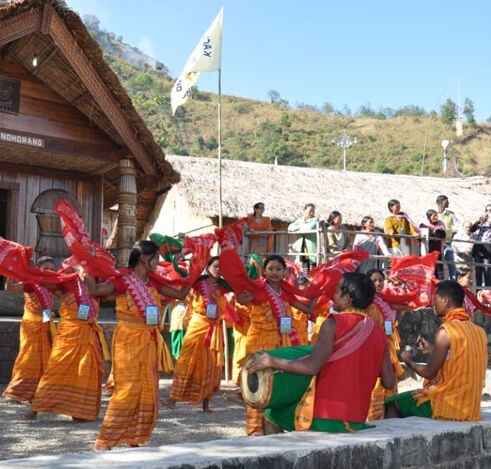
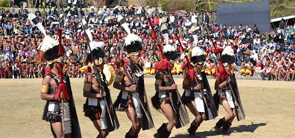
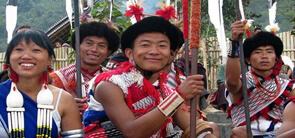
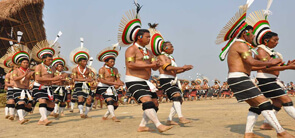
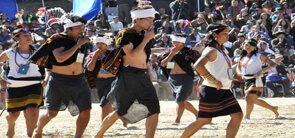
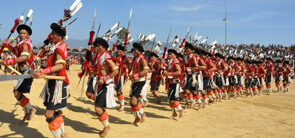
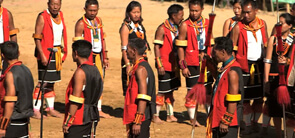
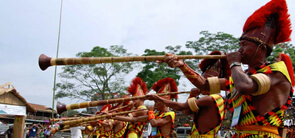
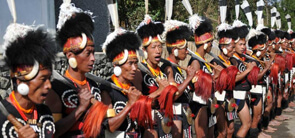
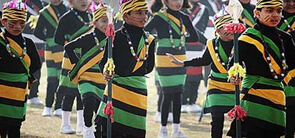
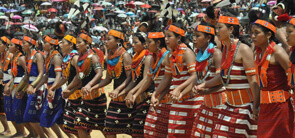
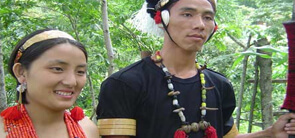
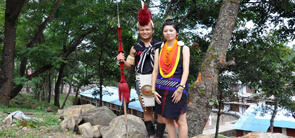
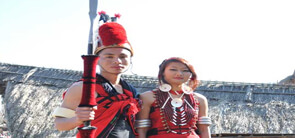
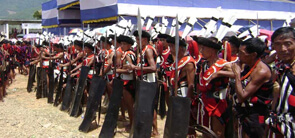
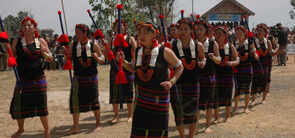
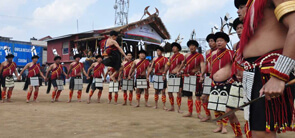
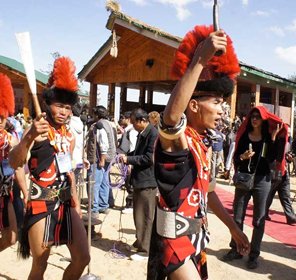
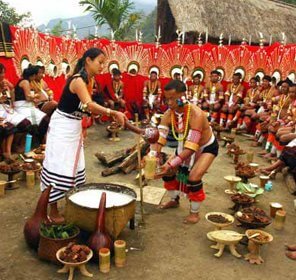
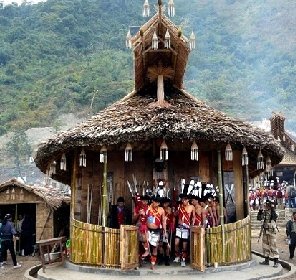
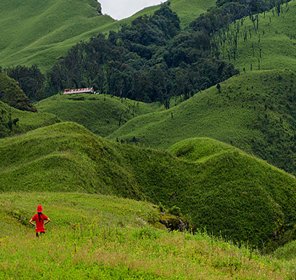
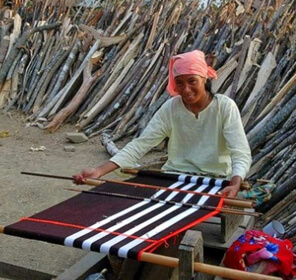
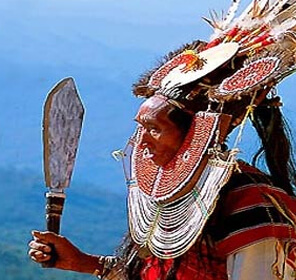
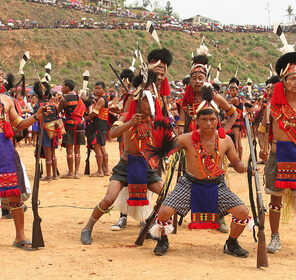
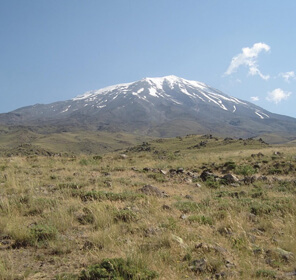
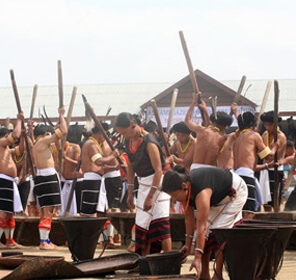
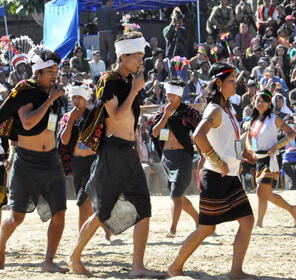
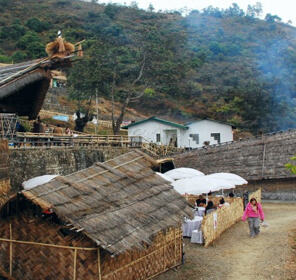
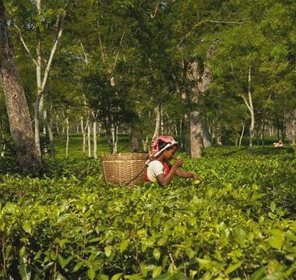
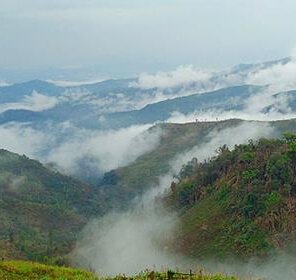
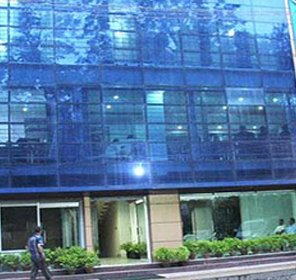
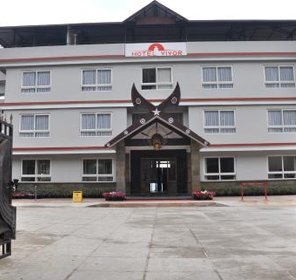
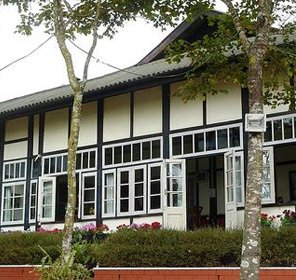
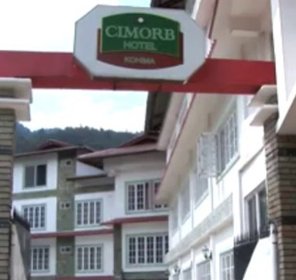
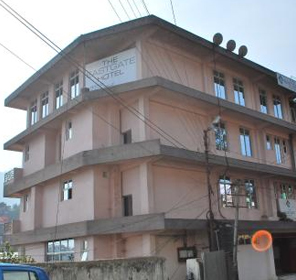
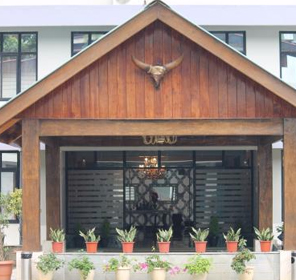
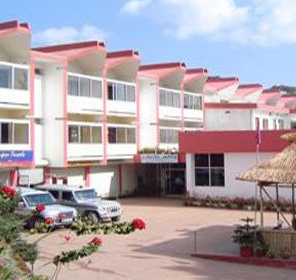
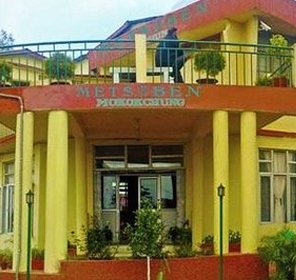
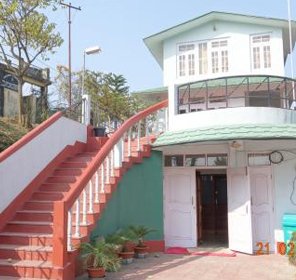
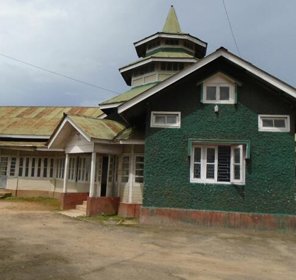
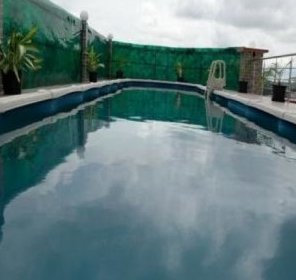
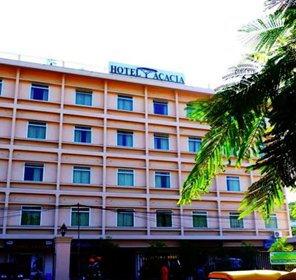
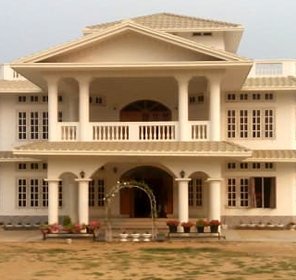
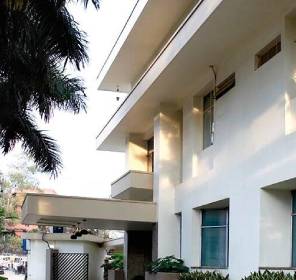
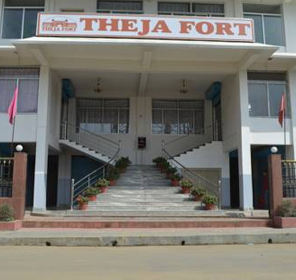

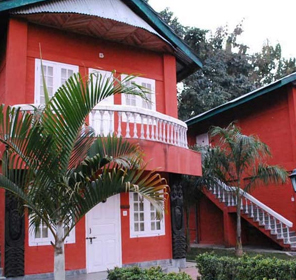
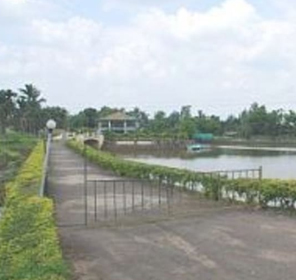
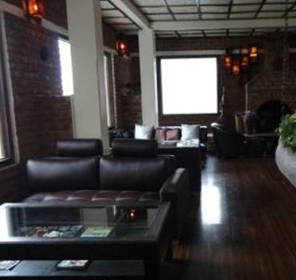
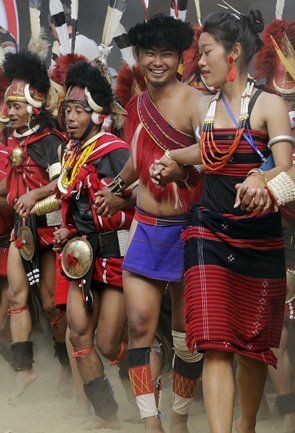
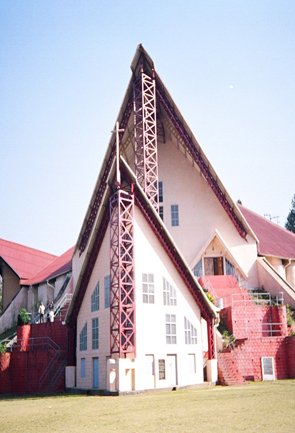
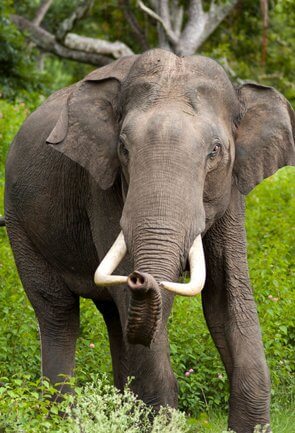
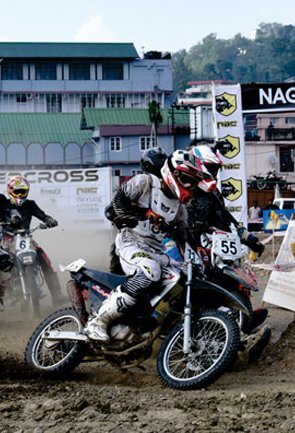
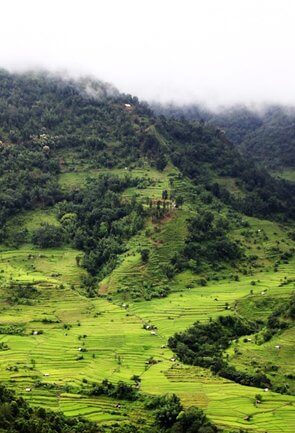
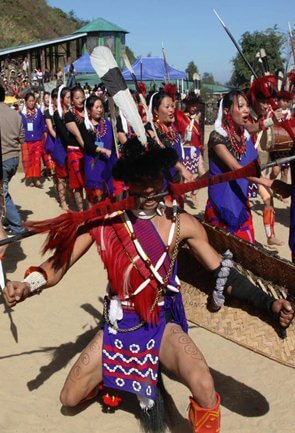



 Plan Trip
Plan Trip Call Us
Call Us Packages
Packages Home
Home